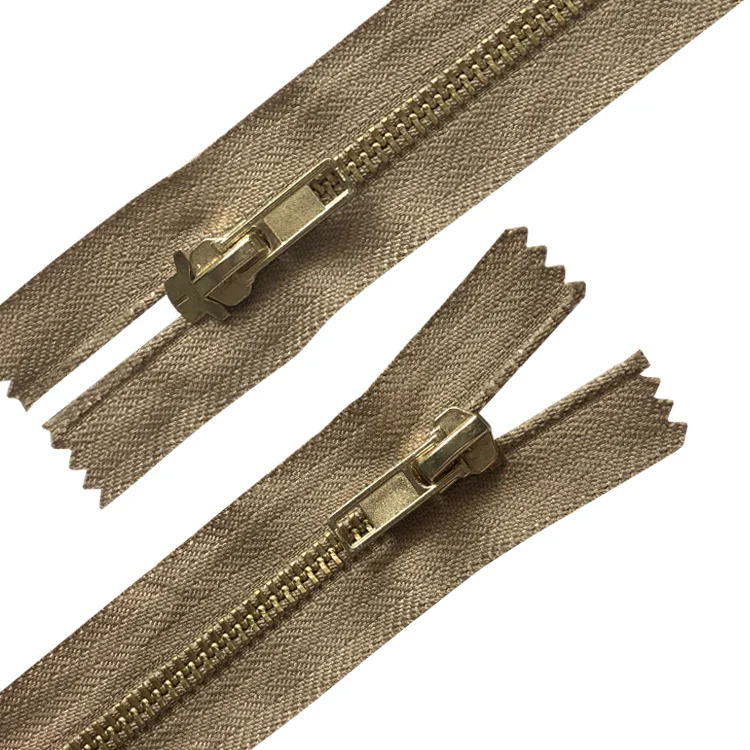When it comes to construction materials, corrugated metal has gained significant popularity due to its durability, versatility, and aesthetic appeal. However, one critical aspect that often goes overlooked is its thermal properties, particularly its ability to absorb heat. This article delves into the science behind corrugated metal's heat absorption capabilities, exploring its implications for energy efficiency, building design, and environmental impact.
Understanding Heat Absorption in Materials
Heat absorption refers to the process by which a material takes in thermal energy from its environment. This phenomenon is influenced by several factors, including the material's color, texture, and thermal conductivity. In the case of corrugated metal, its unique structure and surface characteristics play a crucial role in determining how much heat it can absorb.
The Role of Color and Finish
One of the most significant factors affecting heat absorption in corrugated metal is its color. Darker colors tend to absorb more heat than lighter shades due to their lower albedo, or reflectivity. For instance, a black corrugated metal roof can absorb significantly more solar radiation compared to a white or light-colored counterpart. This characteristic can lead to higher internal temperatures in buildings, particularly in warmer climates.
Moreover, the finish of the metal can also impact its heat absorption properties. Matte finishes generally absorb more heat than glossy finishes, which reflect a portion of the incoming solar radiation. Therefore, when selecting corrugated metal for roofing or siding, it is essential to consider both the color and finish to optimize thermal performance.
Thermal Conductivity and Insulation
Thermal conductivity is another critical factor in understanding how corrugated metal interacts with heat. Corrugated metal typically has a higher thermal conductivity than other materials, such as wood or insulation. This means that once the metal absorbs heat, it can quickly transfer that heat to the interior of a building. Consequently, without proper insulation, buildings clad in corrugated metal can experience significant heat gain during the day, leading to increased cooling costs.
To mitigate this effect, builders often incorporate insulation materials beneath corrugated metal roofs or walls. Insulation acts as a barrier, reducing the amount of heat that enters the building and improving overall energy efficiency. Additionally, reflective insulation materials can further enhance this effect by reflecting radiant heat away from the building.
The Impact of Corrugated Metal on Energy Efficiency
The heat absorption characteristics of corrugated metal have direct implications for energy efficiency in buildings. In climates with high temperatures, the ability of corrugated metal to absorb and retain heat can lead to increased reliance on air conditioning systems, driving up energy consumption and costs. Conversely, in cooler climates, the heat retention properties of corrugated metal can be beneficial, helping to maintain warmer indoor temperatures.
To optimize energy efficiency, architects and builders can employ various strategies. For instance, integrating green roofs or installing solar panels can help offset the heat absorption of corrugated metal while providing additional benefits such as stormwater management and renewable energy generation. Additionally, using advanced coatings that enhance reflectivity can significantly reduce heat absorption, making corrugated metal a more energy-efficient option.
Environmental Considerations
As the construction industry increasingly prioritizes sustainability, understanding the thermal dynamics of materials like corrugated metal becomes essential. The heat absorption properties of corrugated metal not only affect energy consumption but also have broader environmental implications. Increased energy use can lead to higher greenhouse gas emissions, particularly in regions reliant on fossil fuels for electricity generation.
By selecting materials with lower heat absorption and implementing energy-efficient design strategies, builders can contribute to reducing the overall environmental impact of their projects. Furthermore, corrugated metal is often recyclable, making it a more sustainable choice compared to other materials that may have a higher environmental footprint.
Conclusion
In conclusion, the question of whether corrugated metal absorbs heat is multifaceted, influenced by factors such as color, finish, thermal conductivity, and insulation. While corrugated metal can absorb significant amounts of heat, understanding its thermal dynamics allows architects and builders to make informed decisions that enhance energy efficiency and sustainability. By considering the implications of heat absorption in the design phase, it is possible to harness the benefits of corrugated metal while minimizing its drawbacks, ultimately leading to more comfortable and environmentally friendly buildings.

